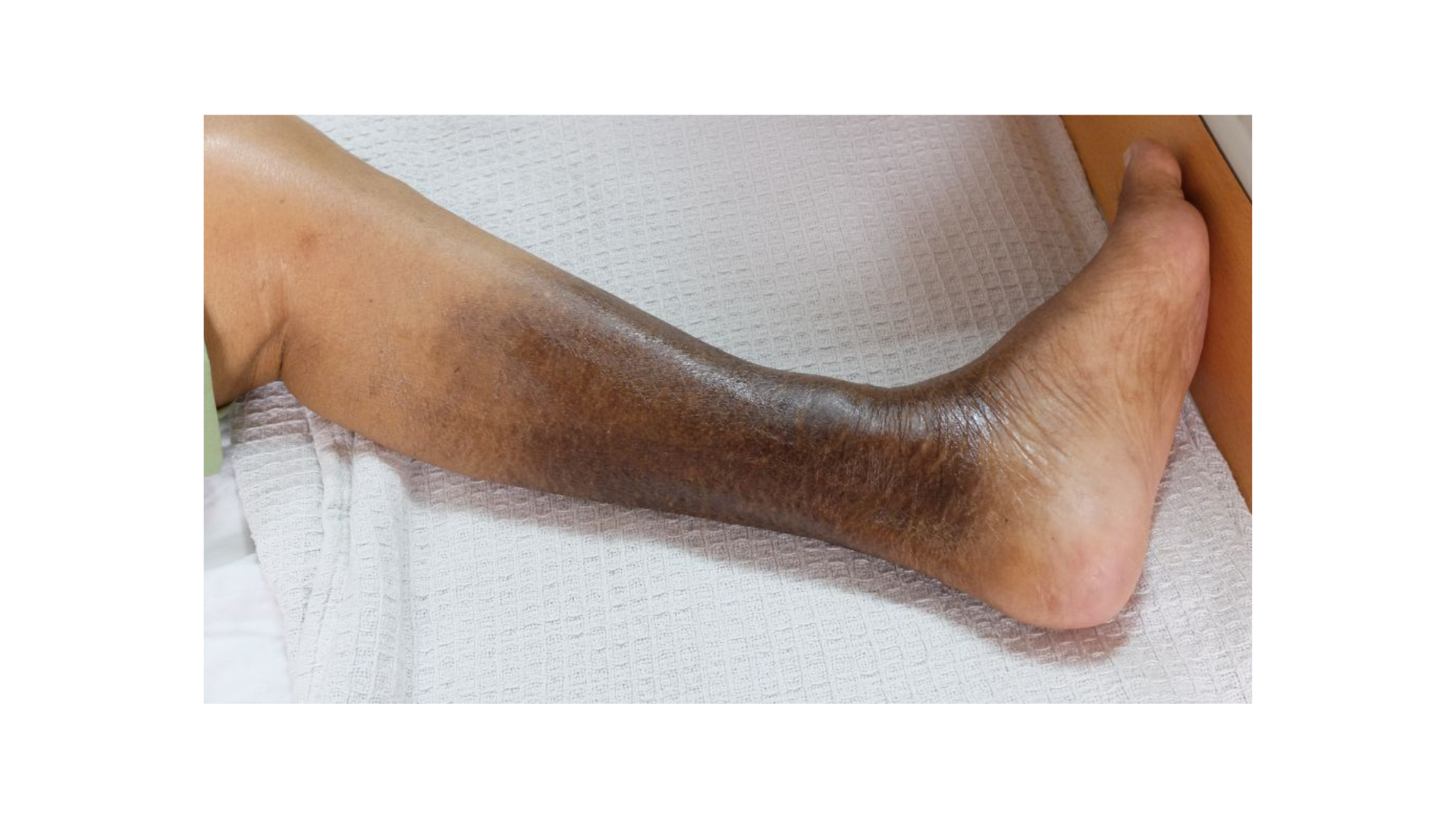Important Terms to Know: Venous Leg Ulcers
April 19, 2024
Calf muscle pump: Functional result of the calf muscle surrounding the deep venous system and compressing the veins during plantarflexion by contracting the muscle to assist with venous return to the heart.
Chronic venous insufficiency: Structural or functional abnormalities of the venous system, primarily impacting the lower extremities. Patients with chronic venous insufficiency may present with edema, leg heaviness or aches, varicose veins, spider veins, and/or leg ulcerations.
Compression therapy: For lower extremity edema; the utilization of garments, pneumatic devices, or dressing systems applied circumferentially to reduce edema by assisting venous return.
Edema: Abnormal accumulation of fluid in tissues, often appearing as soft tissue swelling.
Exudate: Fluid drainage originating from tissue in the wound bed in response to injury
or inflammation. Exudate is often present in the setting of venous leg ulcers with edema.
Varicosities: Abnormally dilated, tortuous, gnarled, or enlarged veins.
Venous dermatitis: A condition marked by skin discoloration in the lower legs and ankles, itching, thickened skin, and potentially ulcers. It is caused by fluid buildup in response to venous insufficiency or cardiovascular problems.
Venous hypertension: In the lower extremities, above normal pressure that causes or worsens existing valve dysfunction and further development of trophic changes, including hyperpigmentation, xerosis, varicosities, stasis dermatitis or venous eczema, and potentially ulceration.
Venous leg ulcer: A localized defect or excavation of the skin or underlying soft tissue of the leg that occurs in the context of predisposing factors related to vein insufficiency.
Venous reflux: A condition marked by venous valves that do not function adequately. The blood flow reverses back through the valves when sitting or standing.
The views and opinions expressed in this blog are solely those of the author, and do not represent the views of WoundSource, HMP Global, its affiliates, or subsidiary companies.












Follow WoundSource
Tweets by WoundSource